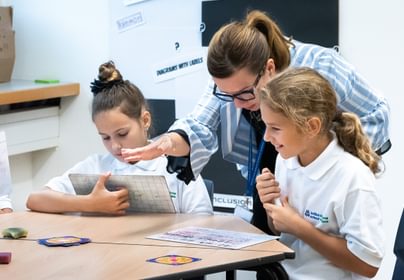The first block theme of the academic year is always Mathematics here at BISL. We believe it is a great way to start the year, as the applications of Mathematics can be seen quite easily across the whole curriculum - something we regularly talk about in our weekly newsletters.
So what can be said about Mathematics? We can start with Carl Friedrich Gauss, who called Mathematics “the queen of the sciences”. Or perhaps a quote from a former student, Ema, who was studying Biology, Chemistry, Mathematics and Physics. She once told Mr Batson that “...Biology, Chemistry and Physics are such heavy subjects, I usually do some Mathematics to relax.” Strangely enough, not everyone has this experience. Mathematics seems to have an almost unique ability of inspiring some, whilst infuriating others, but one thing is for sure, without Mathematics, many subjects would struggle to exist and make sense.
What would History be without dates, Geography without distances, how could we understand anything in Chemistry without knowing the number of protons, neutrons and atomic mass and lets not even talk about Physics! The relationship between Mathematics and English is also easy to see. After all…
Mathematicians
Must always seek out patterns
To make connections.
Even Haiku’s require the guidance of Mathematics.






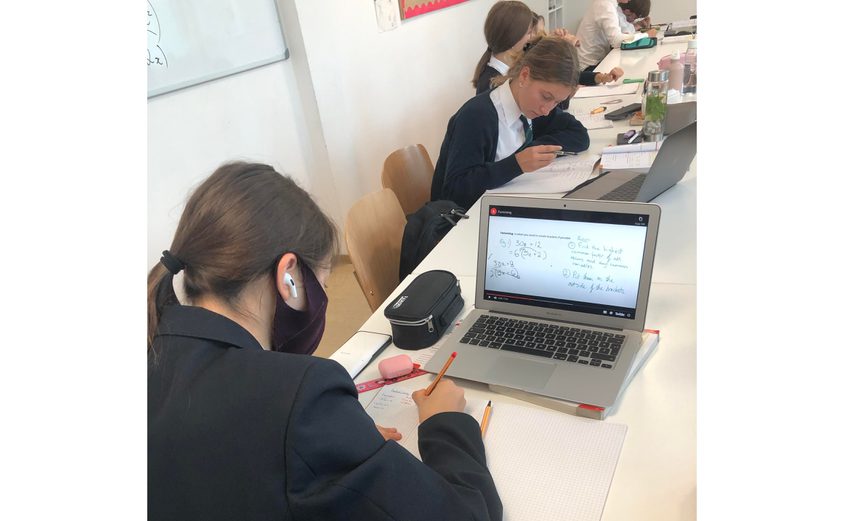
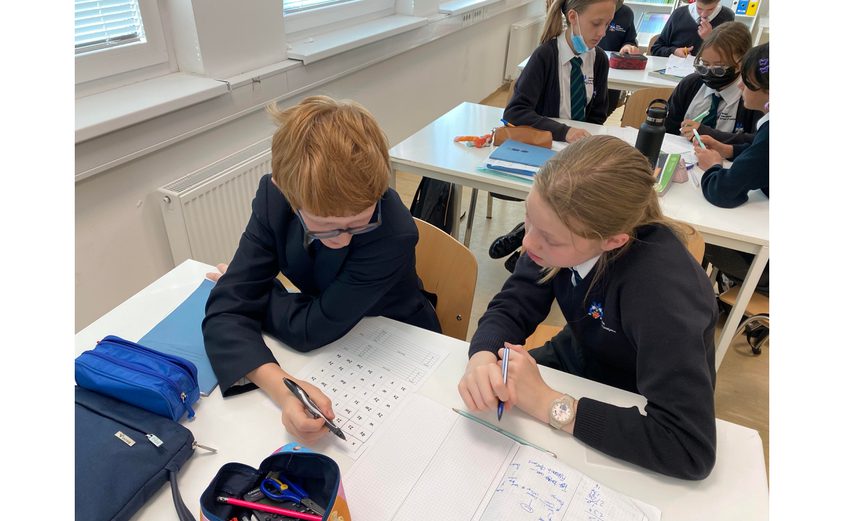
At the start of the year, we recognised the excellent achievements in Mathematics of Chloe in Year 13, who achieved a Distinction in the international Euclid Mathematics Competition where she placed in the top 25% around the world. It was wonderful to recognise the high achievements of our students so early on in the year.
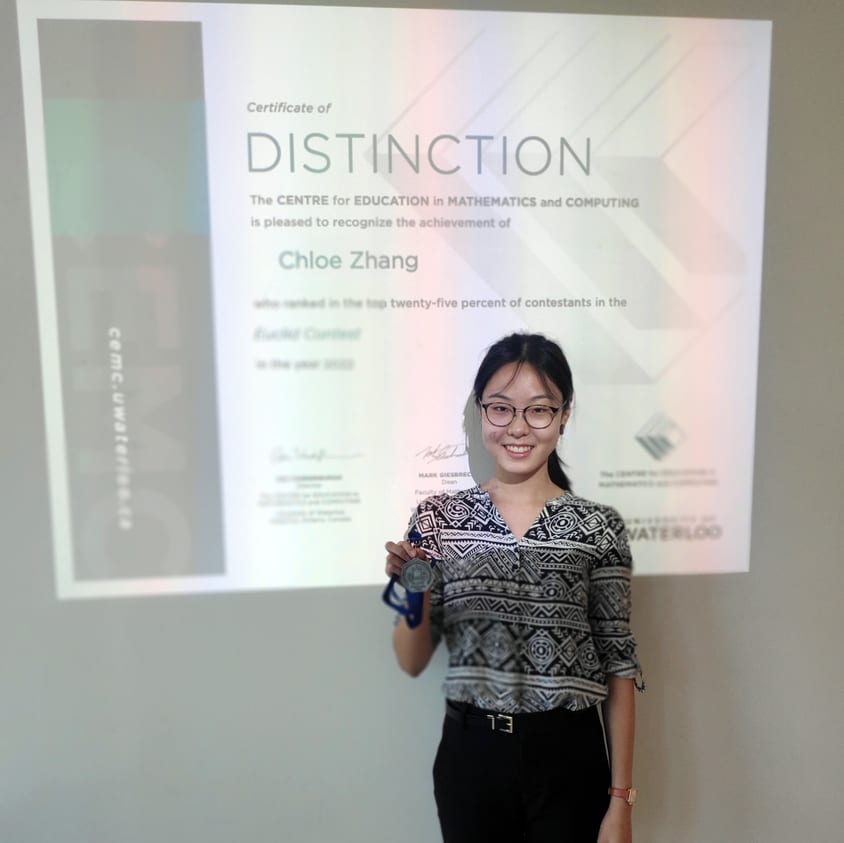
During the block, students and staff were challenged to Mathematical problems such as The dog and the fox riddle and 7 Bridges of Konigsberg problem amongst others. In case you missed those two, here they are again:
- A dog is hunting down a fox. Both start running from rest at the same time, but the fox is already 60 (fox) steps in front of the dog. 3 dog’s steps have the same length as 7 fox’s steps, but by the time the fox makes 9 steps, the dog makes 6 steps. How many steps does the dog need to take in order to catch the fox?
- Can a person walk across each of the seven bridges once and only once to touch every part of the town. Starting and ending at the same spot was not a requirement. Here is a map you can use to try and solve the problem for yourself:

During the block, students were also informed of important Mathematical events throughout as well as interesting news from the world of Mathematics, including the recent record breaking calculation of the number Pi by Swiss researchers who calculated the number to 62.8 trillion digits!
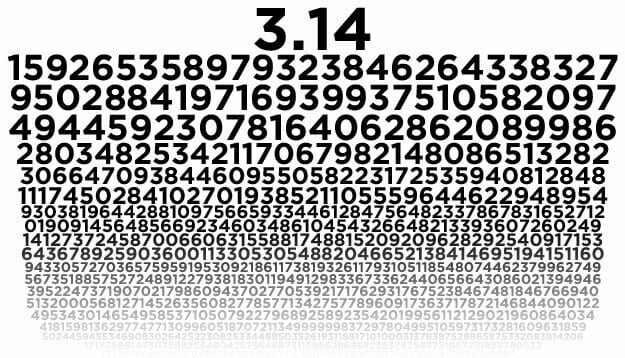
Pi Recital
Speaking of Pi, our annual Pi recital competition happened on the 21st of September, with reigning champion Ewa, now in Year 12, facing some serious competition, primarily from Ema in Year 10 who came to school confident on that day knowing how to recite Pi to 101 numbers. Ewa’s previous record of 64 digits was put to the test during lunch, when Ema successfully reached 101 numbers in the presence of Mr Batson and Ms Zupanc. Ewa was next and in the presence of Mr Batson, Mr Chuter and with support from Year 12, she was able to recite 111 digits of Pi and retain her status of Pi recital champion!
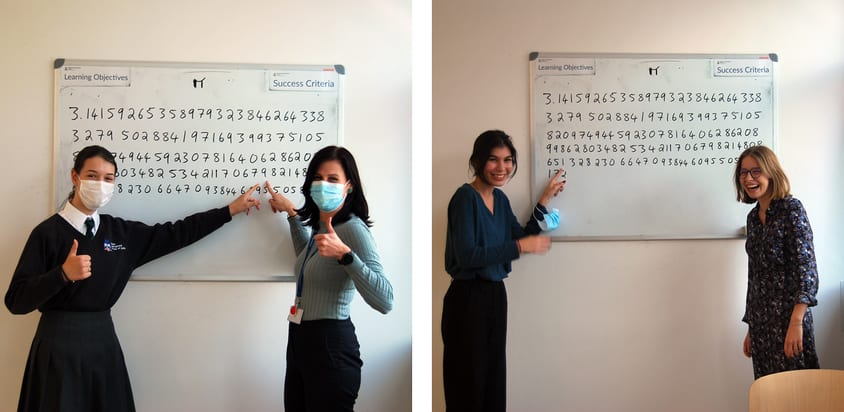
Mathematics Trips
During the Block, Years 5, 6 and 7 were treated to a trip to the House of Illusions to see Mathematics and Physics in action.
Our students and teachers were taken on a tour by the very informative guide, Jaka, who asked them to think about the difference between a magic trick and an illusion. He explained that there are three types of illusions: illusions that play tricks on the mind, illusions that play tricks on our senses and illusions that play tricks on us because of our experiences. The students were then taken on a tour of all the illusions, with Jaka giving his expert explanations. They spent the morning interacting with the many exhibitions and learning about how our perception of images can be manipulated through light, mirrors and colours. The students were wonderful ambassadors for the school and thoroughly enjoyed themselves.
This trip also showed how Mathematics, Physics and Psychology could all interact to provide a wonderful, enjoyable and educational experience for our young learners.
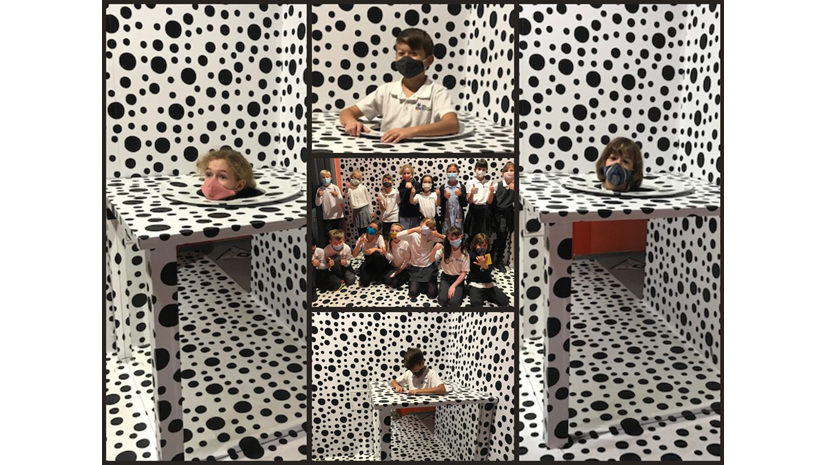
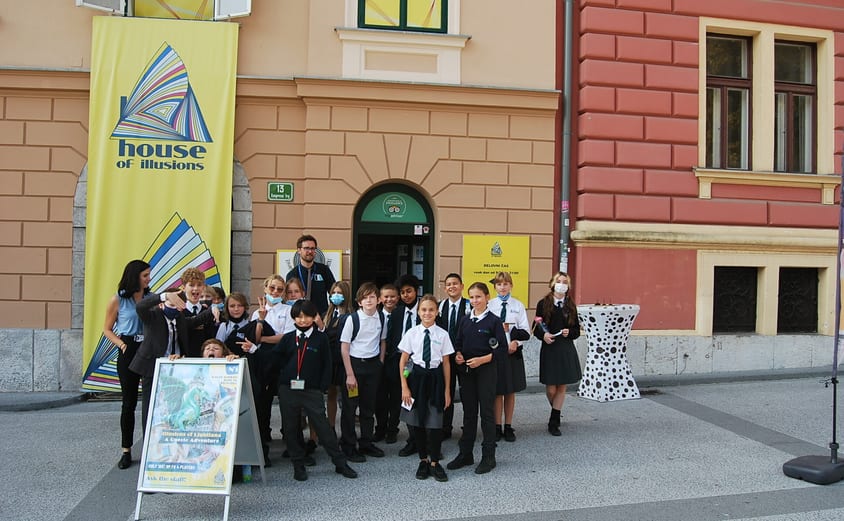

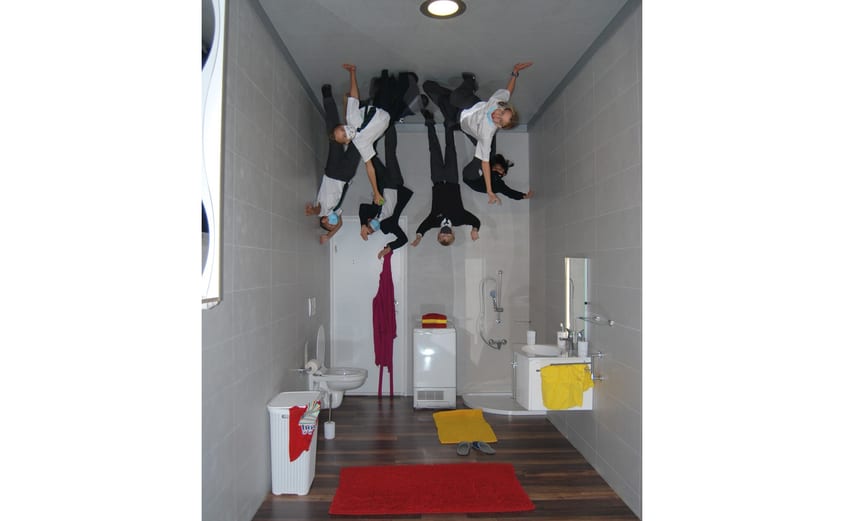



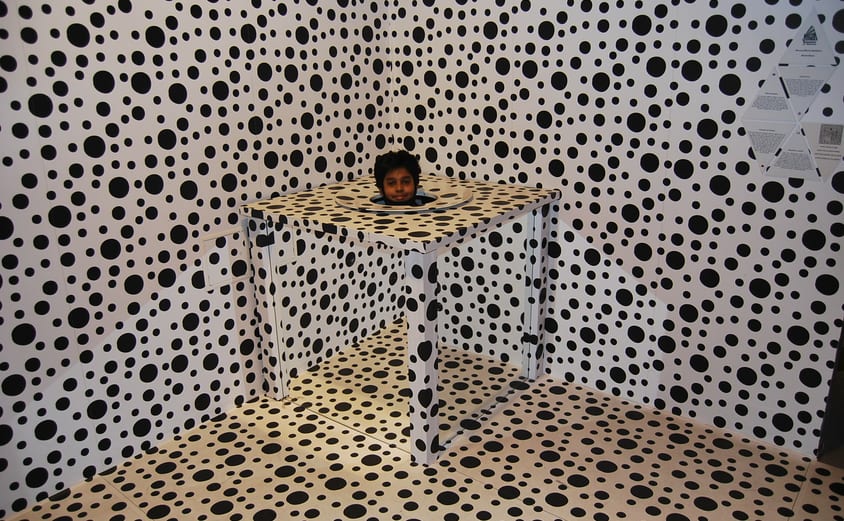
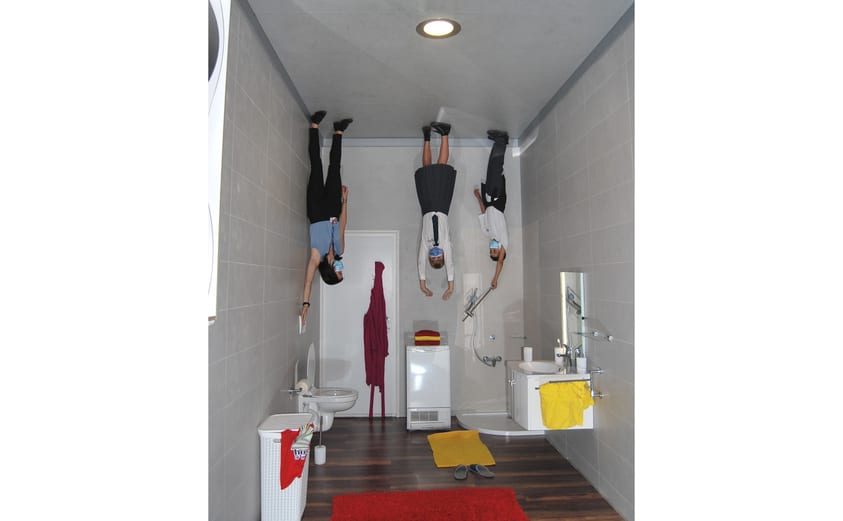
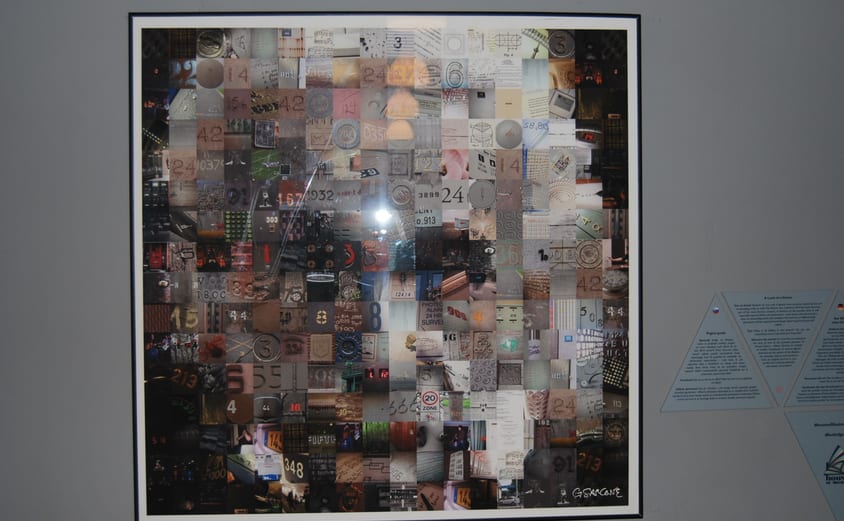
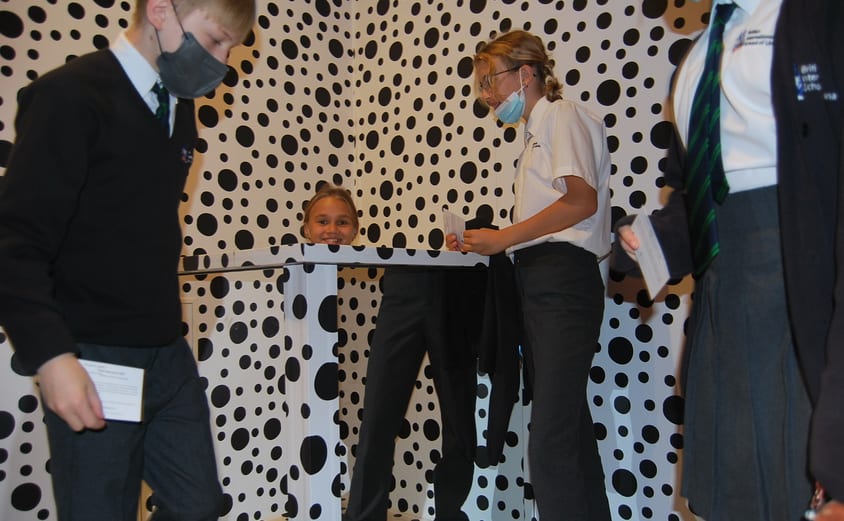

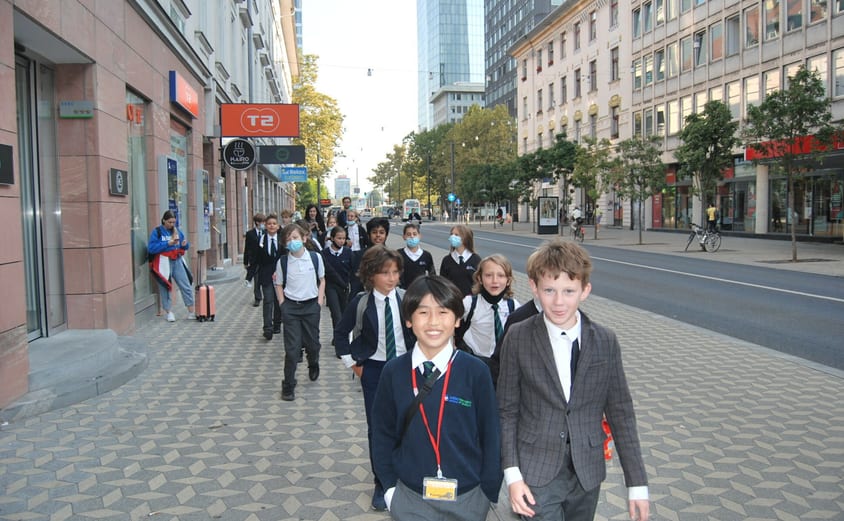
Times Tables Competitions
In Primary school, Years 4, 5 and 6 participated in a times tables competition to find the fastest students in the year group and the fastest in KS2. Students were paired up in an elimination event, where the first to answer 10 correct questions went through to the next round. Competition was fierce but we found the fastest boy and girl in each class. They then progressed to the finals, where they competed in front of their classmates in a tense final. In the grand final, the fastest boy and girl went head to head to claim the title of Times Tables Champion in KS2. Congratulations to Marlene from Year 5, who became the ultimate champion this year, prevailing by scoring 13-11 in the final!
Students in Years 3 & 4 and Years 5 & 6 also competed in Times Tables Rock Stars battles during the block, with certificates being awarded to the fastest students in each class.
During the block, within all lessons across the whole school, students are reminded of the importance of numeracy and Mathematics, the significance of having problem solving skills, the elegance and explanatory power of numbers and the joy of struggling and solving that stubborn equation. The academic year is set up, the expectations are high. Thank you to all staff, students and parents who got involved during this block, it truly was a memorable one!


